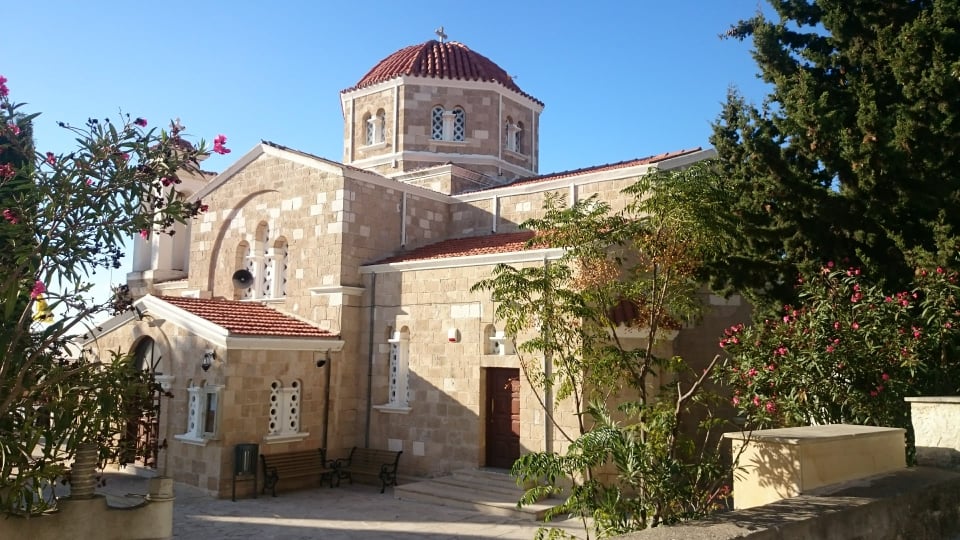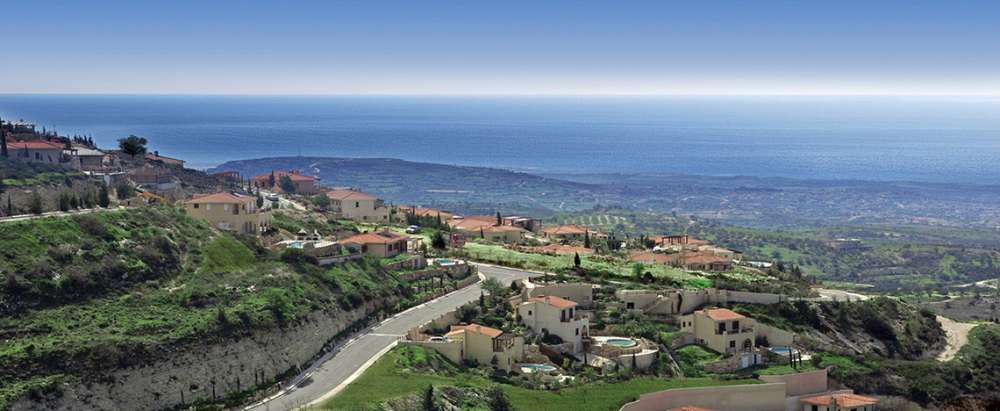Tsada is a mountainous village of Pafos’s District, in the geographical region of the wine-producing villages of Limassol – Pafos.
The community is situated at an average altitude of 600 meters and receives an average annual rainfall of around 610 millimeters. Since very old times viticulture has been the main occupation and the basic source of income for most of the community’s inhabitants. Apart from the vines, cereals, forage plants, carobs, olive-trees, walnut and almond trees, a few fruit-trees (apple, pear, and orange trees), and very few vegetables and legumes are also cultivated in the region.
The community is located at a distance of about 10 kilometers from the city of Pafos. Because of its altitude, Tsada enjoys a relatively mild climate. Quite cold in the Winter and cool in the Summer. The community consists of about 1043 inhabitants –both foreign and native.
As far as transportations are concerned, Tsada is connected in the north-east with the villages Kallepeia (3,5 kilometers), Letympou (6 kilometers), and Polemi (8 kilometers). It also connects in the west with the main Pafos – Polis road, being only 1 kilometer away from it. In the south it connects to the village of Armou (6 kilometers). In the south-west it connects with Tala and the Monastery of Saint Neofytos.
The village is not mentioned in mediaeval sources –at least not under its present name –and so we conclude that that is a recent community. Somewhere around its territory, a settlement under the name Coria (Kouria) is found marked in old maps, existing during the Mediaeval times. Traces of an old, small settlement can be found in a venue between Tsada and the Monastery of Saint Neofytos, however it is not known to which settlement they belonged.
No reliable information exists regarding the village’s name. There are various interpretations told by the inhabitants. However, the most prevailing and the one told by the older generations is that during the period of the Turkish domination the village, which was then built at the lower regions (the “Kourka” region), often sustained harassment by the Turks. For this reason the inhabitants decided to move the village «Tsa – da» as they used to say then, that is, “a bit further”, thus acquiring the village’s present name, Tsada.
According to others, the name of the village is considered to be that of a plant, coming from the plant “avrossh’ila” (some kind of a daffodil) that has a tall and thin flower-bearing stem, which is called “vitsa” (a thin and flexible stick) and from which the name of the village “Vitsada” came and also –after some removal –that of “Tsada”. However, this interpretation seems to be quite far-fetched.
Perhaps however it originated from the name of some first settler or maybe even the name has been altered without us being able to know the original one. A mountaintop west of the village is named “Tsiarta” and perhaps it is etymologically related with the name of the village. The hero of the armed liberation struggle of 1955-59, Evagoras Pallikaridis, was a native of Tsada.

Courtesy of the www.villageexrpess.com






